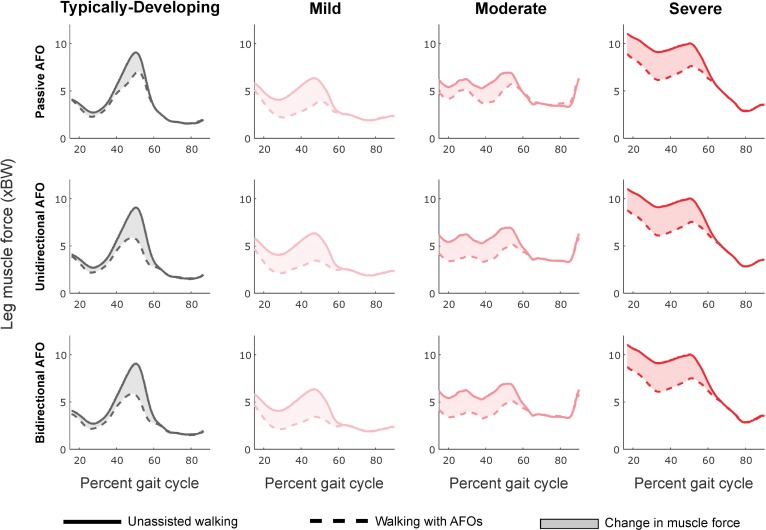Fig 4. Leg muscle force with each AFO condition compared to unassisted walking.
Profiles are averaged across participants in each group. Top to bottom: Optimal passive AFO, unidirectional powered AFO, and bidirectional powered AFO. The integral of these curves represents the leg impulse. Reductions in leg muscle force occurred primarily during late stance (40–60% gait cycle) for the TD group, while crouch gait groups saw leg muscle force reduced throughout single-limb support and late stance (20–60% gait cycle). Passive AFOs reduced leg muscle force less than unidirectional powered AFOs during early single-limb support for all groups, and throughout stance for the TD and moderate crouch groups. For some participants, passive and unidirectional powered AFO torque profiles were nearly identical, resulting in only small differences in leg muscle force with different AFOs. Reductions in leg muscle force were nearly identical for the unidirectional and bidirectional powered AFO conditions. Small differences in leg muscle force between these conditions occurred during swing and corresponded to changes in tibialis anterior force due to dorsiflexion assistance in the bidirectional AFO.

